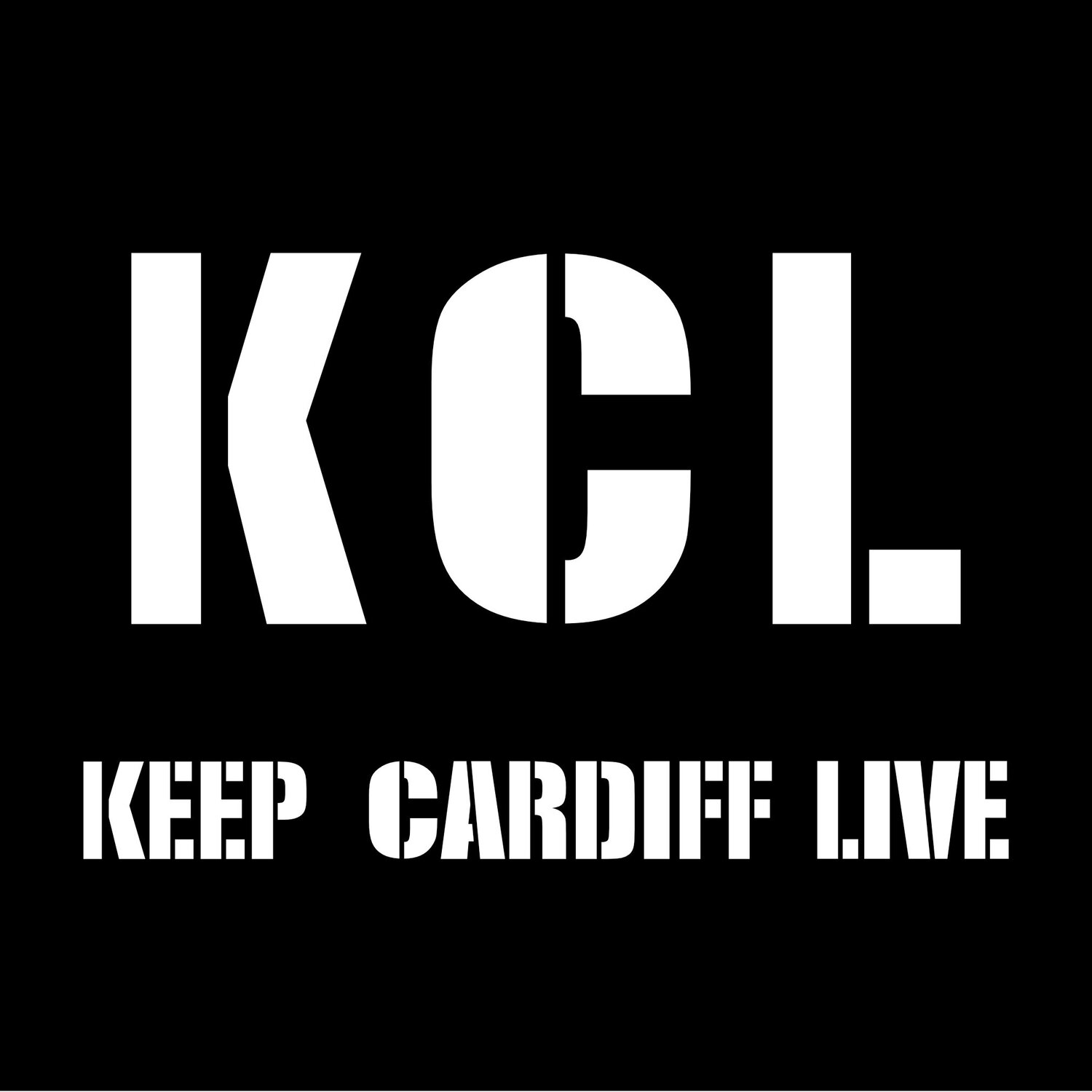NME Front page, 19 November 1988
(Credit: New Musical Express)
“Out of respect for Johnny Walker, Paul Oakenfold, Nicky Holloway, Danny Rampling and all the people who gave us these times… And to the government, I stick my middle finger up with regards to the Criminal Justice Bill”
- The Streets, ‘Weak Become Heroes’, Original Pirate Material
Beginning in the late 1980s and continuing into the 90s, the acid house movement created a subculture like no other. During this time, the word ‘rave’ not only described the large-scale events that captivated millions, but became a metaphor for a revolution. It allowed young party-goers to experience an incomparable sense of freedom, love and euphoria; escapism from the stresses and strains of the outside world.
Shoom Club Membership Card (Credit: Vice)
After visiting Ibiza’s famed Amnesia club, a group of four DJs brought the mind-blowing sounds of Chicago house to the UK; popularising it for the very first time. Paul Oakenfold, Danny Rampling, Nicky Holloway and Johnny Walker helped revolutionise the British house music scene and normalised rave culture, despite continuous media outcries. When Danny Rampling’s ’Shoom’ club nights went ahead in London using techno veteran Carl Cox’s sound system, it marked the beginning of the acid house revolution, and the rise in popularity of illegal raves up and down the country.
Danny Rampling, Shoom Club London
(Photograph Copyright: Dave Swindles)
Despite the influence of the ‘Ibiza Four’, and the ever-growing popularity of acid house in the UK, an inevitable ‘moral panic’ erupted; demonising an entire subculture and the values they stood for. In the sociological field, a moral panic defines the escalating public concern over certain behaviours, particularly youth disturbances. The term was first referenced by British sociologist Jock Young (1971) and his study into increasing drug abuse and the growing public concern that followed. However, the concept was formally introduced one year later, with Stanley Cohen’s study into the organised fights between two conflicting British subcultures, Mods and Rockers (1972).
The term characterised the media’s reaction to these fights, and was later used to define the revolt against the establishment in the form of acid raves. The ‘smiley’ symbol, that was familiarised within rave and ecstasy culture, was prohibited by high street chain Top Shop, followed by the banning of any records containing the word ‘acid’ from the world’s longest running weekly music show, Top of the Pops.
UK Ravers protesting the 1994 Criminal Justice Bill
(Credit: Vice)
The rave scene presented itself as an outright disruption to Thatcherism, and the government’s long standing battle against the subculture continued into the mid-90s with the Criminal Justice Bill. Clause 63 of this bill was set out to put an end to raves, applying to any “gathering on land in the open air of 100 or more persons” (British Government, 1994). Never before had the British government “considered young people’s music so subversive as to prohibit it”, even when compared to other “post-war moral panics about the activities of Teddy Boys, Mods, Hippies and Punks” (Collin, 1998).
Luckily, as authoritarian Thatcherist values petered out, and the availability of media increased, the moral panic surrounding the rave subculture died down. The revolution that sparked outrage among millions became an integral part of the British live music scene that we cherish today, including across South Wales.
Below features some images from Swansea’s rave scene in full swing (1993).
(Photograph copyright: Tony ‘Spealberg’ Evans)
Credit - Rory Chapman









